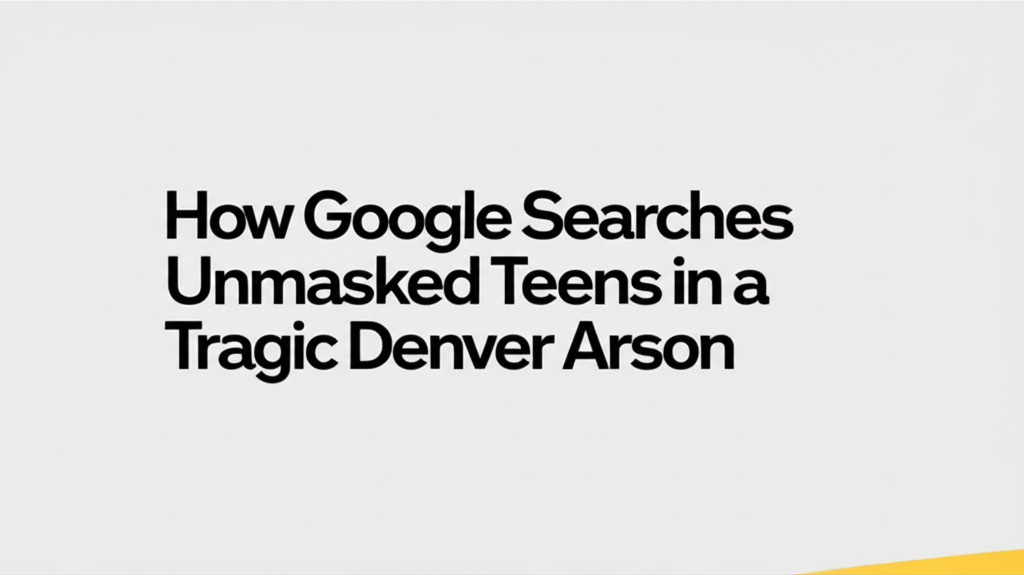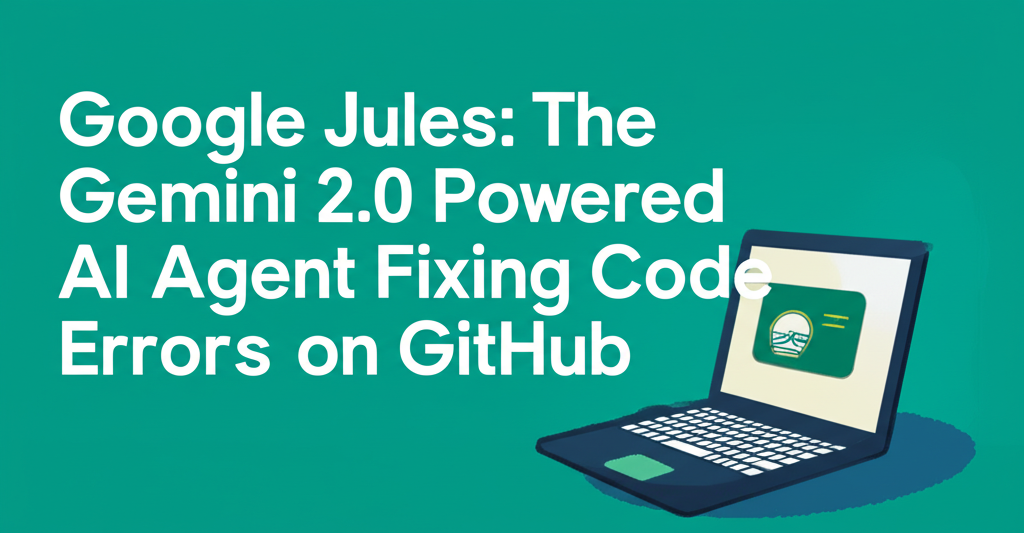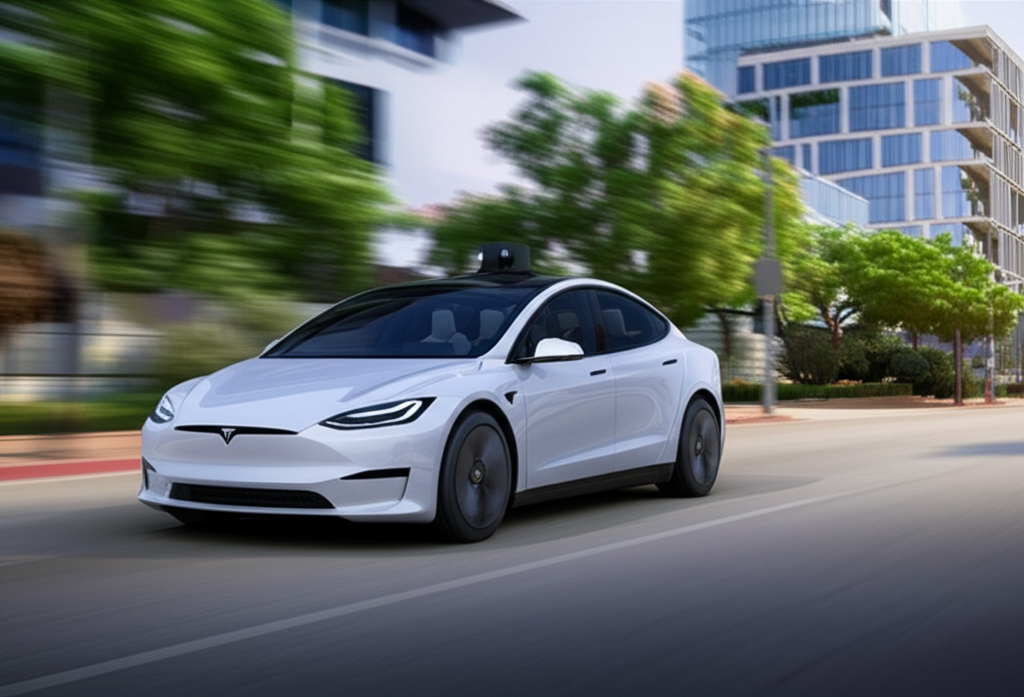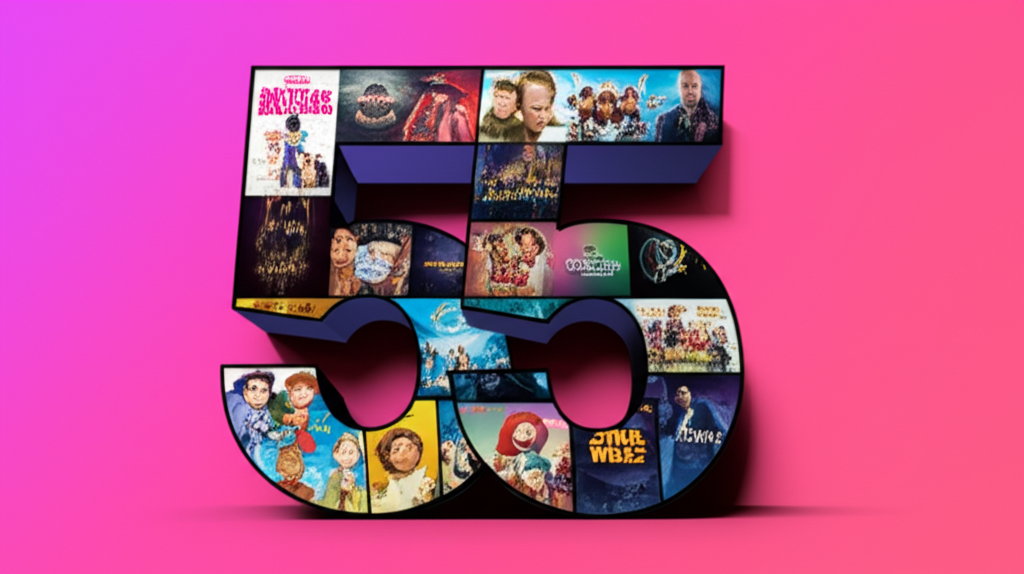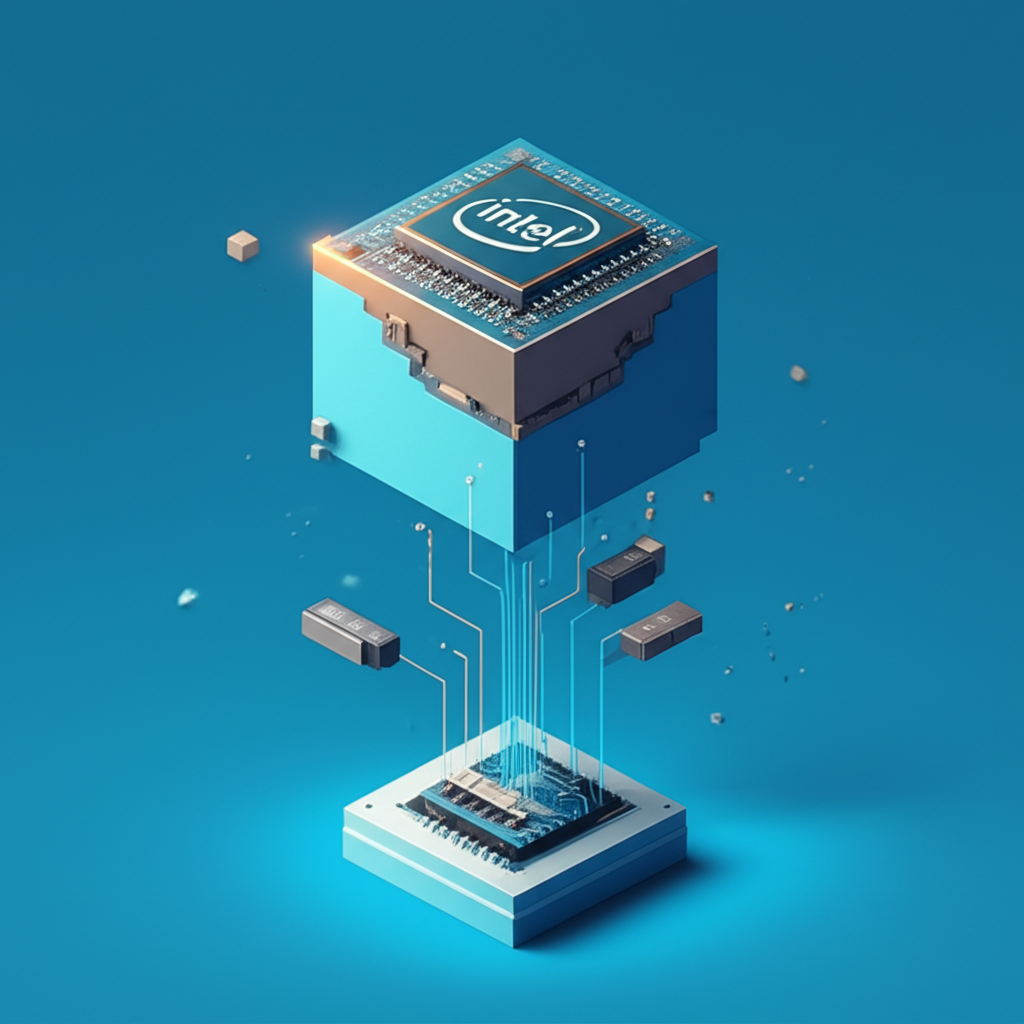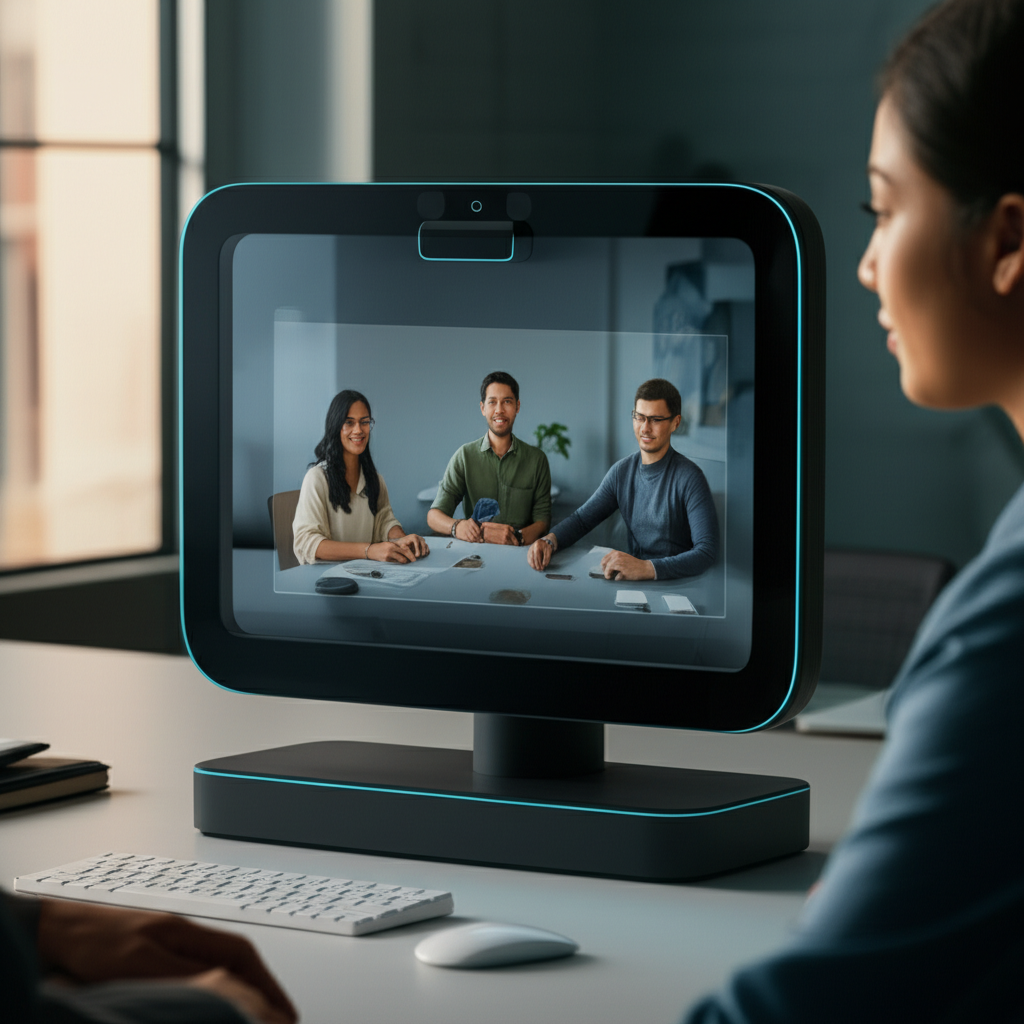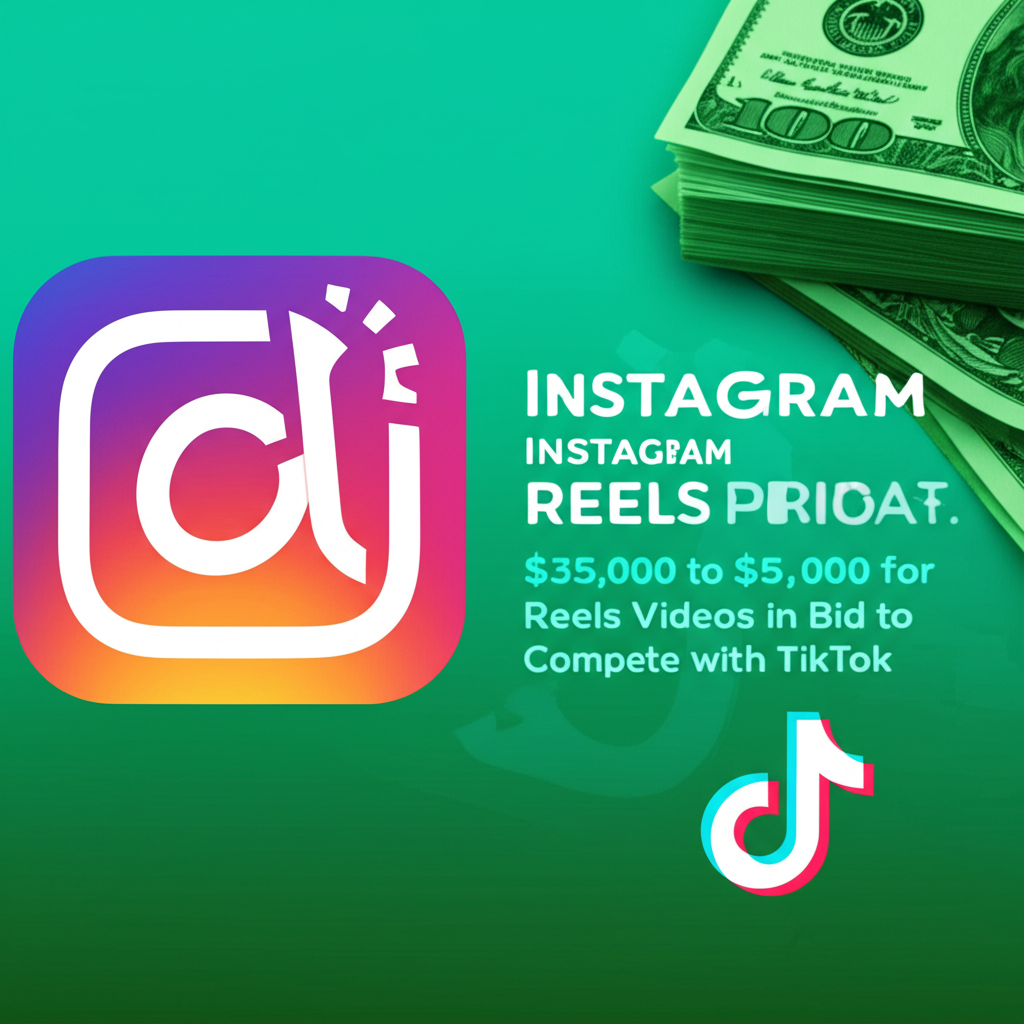Sergey Brin Confronts the Ghosts of Google Glass Past While Championing an AI-Powered Future for Smart Wearables
In a surprising and candid moment at Google I/O 2025, Google co-founder Sergey Brin offered a rare public reflection on one of the company's most ambitious and ultimately challenging projects: Google Glass. Appearing alongside Google DeepMind CEO Demis Hassabis in an interview with Alex Kantrowitz of the Big Technology Podcast, Brin didn't shy away from acknowledging the missteps that plagued the initial foray into smart glasses, stating plainly that he “made a lot of mistakes with Google Glass.”
This admission, delivered on the same day Google unveiled its latest generation of smart glasses built on the Android XR platform and infused with cutting-edge AI capabilities, served as both a historical post-mortem and a forward-looking statement. It underscored the significant lessons learned from a project that, while visionary, stumbled badly in its execution and public reception.
The Ambitious Dawn of Google Glass: A Vision Ahead of Its Time
Launched in 2013 as an “Explorer Edition” for developers and early adopters, Google Glass was a bold experiment in wearable technology. The concept was revolutionary: a lightweight head-mounted display that could overlay digital information onto the real world, controlled by voice commands and touch gestures. It promised a future where technology was seamlessly integrated into our daily lives, providing glanceable information without the need to pull out a smartphone.
The initial excitement was palpable. Tech enthusiasts and media outlets hailed Glass as a potential paradigm shift, the next major computing platform after the smartphone. Early demos showcased its potential for navigation, photography, video recording, and receiving notifications hands-free. It felt like science fiction brought to life.
However, the reality of Google Glass 1.0 quickly collided with significant hurdles, many of which Brin now openly attributes to his own lack of preparedness and understanding.
The Pitfalls of Pioneering: What Went Wrong with Glass
Brin specifically highlighted his “didn’t know anything about consumer electronic supply chains” as a major factor in the project's difficulties. Building complex, miniaturized electronics for a mass market is an incredibly intricate process involving sourcing components from a global network of suppliers, managing manufacturing at scale, ensuring quality control, and navigating complex logistics. This is a world away from Google's core strengths in software and internet services.
The challenges extended beyond just manufacturing. The price point for the Explorer Edition was a prohibitive $1,500, immediately limiting its accessibility to a small niche. This high cost was likely a direct consequence of the R&D expenses, the cutting-edge components, and the lack of manufacturing scale that Brin mentioned.
Beyond the technical and economic challenges, Google Glass faced significant social and privacy backlashes. The built-in camera, capable of recording video and taking photos discreetly, sparked widespread concerns about privacy. Wearers were sometimes pejoratively labeled “Glassholes,” and the device was banned in various public and private spaces. The form factor itself, while futuristic to some, was awkward and drew unwanted attention, hindering social acceptance.
Furthermore, the software experience felt incomplete. Battery life was limited, the display was small, and the primary interaction method (voice commands) could be unreliable in noisy environments. There wasn't a compelling killer app or a clear, widespread use case that justified the cost and the social friction. It was a technology looking for a problem to solve, rather than solving an immediate, pressing need for consumers.
After failing to gain traction in the consumer market, Google eventually shut down the Explorer program in 2015, pivoting Glass towards enterprise and industrial applications, where its hands-free capabilities found more practical uses in fields like manufacturing, healthcare, and logistics. While the enterprise version saw some success, the initial dream of a consumer wearable revolution was put on hold.
A Decade Later: The Rebirth of Google's Smart Glasses Ambition
Fast forward roughly a decade, and Google is ready to take another shot at the consumer smart glasses market. The announcement at Google I/O 2025 marks a significant recommitment to the form factor Brin still believes in. This time, however, the approach is markedly different, seemingly informed by the hard lessons learned from the Glass 1.0 era.
The new effort centers around Android XR, a platform designed to power extended reality devices, including smart glasses. This suggests a more robust and familiar software foundation compared to the bespoke OS used by the original Glass. Leveraging the Android ecosystem could potentially open the door to a wider range of applications and developer support.
Crucially, Google is not going it alone this time. Brin emphasized that they are working with “great partners who are helping us build this.” This collaborative approach directly addresses the supply chain and manufacturing challenges that Brin admitted he underestimated previously.
Strategic Alliances: Building on Experience
Key partners mentioned include Samsung and Xreal, both companies with significant experience in hardware manufacturing, display technology, and consumer electronics. Samsung, a global giant in electronics, brings unparalleled manufacturing scale and supply chain expertise. Xreal (formerly Nreal) is a company specifically focused on developing lightweight, stylish AR glasses, suggesting Google is prioritizing a more consumer-friendly design and form factor from the outset.
Perhaps the most intriguing partnership is the one with Warby Parker, the popular online retailer known for its affordable and fashionable prescription eyewear. Google is investing up to $150 million in this collaboration and taking an equity stake in Warby Parker. This partnership is strategic on multiple levels:
- **Eyewear Expertise:** Warby Parker understands the nuances of designing, manufacturing, and distributing prescription and non-prescription glasses that people actually want to wear. This is critical for creating smart glasses that are not just technological gadgets but also acceptable and comfortable eyewear.
- **Distribution and Retail:** Warby Parker has a strong direct-to-consumer model and a growing physical retail presence, providing Google with potential channels to market and sell smart glasses that integrate with traditional eyewear.
- **Addressing Form Factor:** Collaborating with an eyewear company from the ground up can help ensure the smart glasses are designed to look and feel more like regular glasses, mitigating some of the social awkwardness associated with the original Glass.
- **Supply Chain Synergy:** As Brin hinted, Warby Parker's experience in the eyewear supply chain can complement the electronics manufacturing expertise of partners like Samsung and Xreal, creating a more robust overall supply chain for the complex product.
This network of partnerships signals a more mature and grounded approach to tackling the complexities of the consumer smart glasses market, directly learning from the isolated, hardware-centric approach of the past.
AI: The Transformative Engine for Smart Glasses
The most significant difference between the original Google Glass and the new Android XR smart glasses lies in the capabilities unlocked by the rapid advancements in Artificial Intelligence, particularly generative AI. Brin himself noted how the advent of generative AI makes the potential capabilities of smart glasses “much more tangible” today than they were a decade ago.
The new glasses showcased at I/O are powered by Google DeepMind’s Project Astra, an ambitious effort to build a universal AI agent that can understand and interact with the world in real-time through multimodal input (vision, hearing, language). This is a stark contrast to the relatively limited, rule-based intelligence available to the original Glass.
With Project Astra and similar advanced AI models, smart glasses can move beyond simple notifications and basic commands to offer truly intelligent assistance:
- **Real-time Translation:** Imagine walking in a foreign country and having conversations translated and displayed in your field of view instantly.
- **Contextual Information:** The glasses could identify objects, landmarks, or even people and provide relevant information or context based on your current situation and needs.
- **Intelligent Navigation:** Directions could be overlaid onto the real world, making it easier to follow complex routes or find specific locations.
- **Hands-Free AI Queries:** Instead of just basic voice commands, users could ask complex questions about their surroundings or tasks, and the AI could provide helpful, context-aware answers or suggestions.
- **Assisted Tasks:** The AI could guide users through complex procedures, provide step-by-step instructions for repairs, or offer real-time feedback on activities.
Generative AI's ability to understand natural language, process visual information, and generate human-like responses enables a much more intuitive and powerful interaction model for smart glasses. It transforms the device from a simple display and camera into a truly intelligent assistant that can perceive and understand the user's environment.
Sergey Brin's Return to the AI Trenches
Brin's appearance at I/O and his comments on AI and smart glasses are particularly noteworthy given his increased involvement in Google's day-to-day operations, specifically within the AI division. After stepping back from active roles at Google's parent company Alphabet in 2019, Brin has effectively come out of retirement to dedicate his energy to Google's Gemini efforts, the company's flagship suite of multimodal AI models.
He revealed that he is now in the Mountain View office “nearly every day,” working directly with the Gemini team on multimodal projects, including advanced models like Veo 3, Google's video-generating AI. This hands-on involvement from one of Google's founders underscores the critical importance and strategic priority Google places on winning the AI race.
Brin's passion for the field is evident in his strong conviction that “Anybody who’s a computer scientist should not be retired right now. They should be working on AI.” This statement, delivered to an audience of developers and tech enthusiasts, serves as a rallying cry, emphasizing the unprecedented opportunities and the urgent need for talent in the AI domain.
Reports have previously detailed Brin's aggressive push within Google to accelerate AI development and ensure the company remains competitive against rivals like OpenAI and Microsoft. This includes reportedly advocating for a return to more in-office work and a demanding pace, suggesting a sense of urgency and high stakes in the current AI landscape. His direct involvement in projects like Gemini and Veo 3 indicates that his contributions are not merely supervisory but deeply technical and strategic.
Lessons Applied: A More Mature Approach
The new smart glasses initiative, viewed through the lens of Brin's reflections, appears to be a direct application of the lessons learned from the original Glass project.
- **Acknowledging Hardware Complexity:** Brin's admission about underestimating consumer electronics supply chains highlights a key learning. The new approach with multiple experienced hardware partners (Samsung, Xreal) and an eyewear specialist (Warby Parker) demonstrates a recognition that building consumer-friendly, mass-market hardware requires deep, specialized expertise that Google alone may not possess at the necessary scale.
- **Focusing on a Clearer Value Proposition:** While the original Glass struggled to define its core utility for the average consumer, the new generation is being positioned around the tangible, real-time assistance capabilities enabled by advanced AI. Live translation, contextual information, and intelligent guidance offer more concrete benefits than simply displaying notifications or taking photos hands-free.
- **Prioritizing Form Factor and Social Acceptance:** The partnership with Warby Parker, a company synonymous with wearable style and comfort, suggests a strong focus on creating smart glasses that are less conspicuous and more socially acceptable than the original Glass. Making the device look and feel like regular eyewear is crucial for widespread adoption.
- **Building on a Robust Platform:** Utilizing Android XR provides a more established and flexible software foundation compared to the ground-up development for Glass 1.0. This could accelerate development, attract developers, and integrate more seamlessly with the existing Android ecosystem.
- **Timing with Technological Maturity:** The original Glass was perhaps too early for the underlying technologies (miniaturized displays, battery life, AI capabilities) to deliver a truly compelling consumer experience at a reasonable cost. The significant advancements in AI, battery technology, and display manufacturing over the past decade make the current timing potentially more favorable.
The investment in Warby Parker, specifically, underscores the shift in strategy. It's not just about building the tech; it's about building a wearable device that fits into people's lives and onto their faces comfortably and stylishly, while also functioning as a powerful computing platform. This requires a blend of tech expertise and fashion/eyewear industry knowledge.
The Road Ahead: Challenges Remain
Despite the promising new approach and the power of modern AI, the path to mainstream consumer adoption of smart glasses is still fraught with challenges. Battery life remains a significant hurdle for all-day wear. Miniaturizing powerful processors and displays into a lightweight, comfortable form factor is technically demanding and expensive. Privacy concerns, while potentially mitigated by less conspicuous designs, will likely persist. And finding the right balance between functionality, design, price, and user experience will be critical.
The success of Google's new smart glasses will depend on several factors:
- **Compelling Use Cases:** Can the AI-powered features offer truly indispensable value that justifies wearing the device regularly?
- **Design and Comfort:** Are the glasses comfortable, stylish, and socially acceptable enough for daily wear?
- **Battery Life:** Can the device last a full day on a single charge while performing complex AI tasks?
- **Price Point:** Can Google and its partners bring the cost down to a level accessible to a broad consumer market?
- **Ecosystem Development:** Can Google foster a robust ecosystem of apps and services that leverage the unique capabilities of the smart glasses?
The competition is also heating up, with other tech giants and startups actively developing their own AR and smart glasses solutions. Meta is iterating on its Ray-Ban Stories glasses, and Apple is expected to enter the market with its own mixed-reality devices. The race for the next computing platform is well underway.
Conclusion: A Second Chance, Fueled by AI and Partnerships
Sergey Brin's candid reflection on Google Glass serves as a valuable reminder of the difficulties inherent in pioneering new product categories, especially in consumer hardware. His admission of underestimating supply chain complexities provides a rare glimpse into the operational challenges faced even by a company as large and resourceful as Google.
However, his continued belief in the smart glasses form factor, coupled with Google's renewed, AI-centric effort and strategic partnerships, paints a picture of a company determined to learn from its past and leverage its strengths in AI to build a more compelling future for wearable technology. The integration of powerful AI like Project Astra promises a level of functionality and intelligence that was simply not possible a decade ago.
Brin's personal recommitment to Google's AI efforts further highlights the company's strategic direction. His presence in the labs, pushing the boundaries of models like Gemini and Veo 3, underscores the foundational role AI plays across all of Google's future ambitions, including the next generation of smart glasses.
The journey from the original Google Glass to the new Android XR glasses is a testament to the iterative nature of innovation. It's a story of learning from failure, adapting strategies, and waiting for the underlying technology – particularly AI – to catch up with the vision. While significant challenges remain, Google's second act in smart glasses, informed by past mistakes and powered by the transformative potential of AI and strong partnerships, is poised to be a far more formidable endeavor. The era of truly intelligent, wearable computing may finally be within reach.


